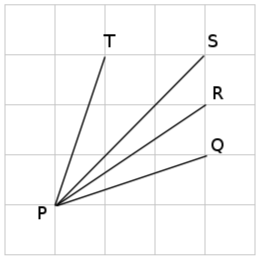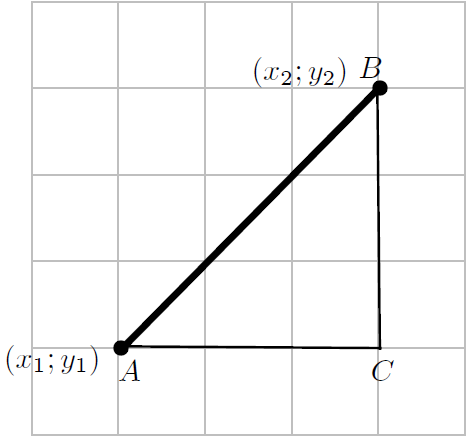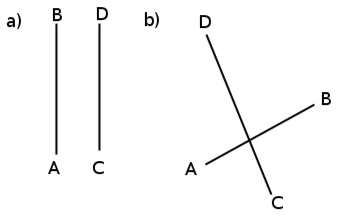| << Chapter < Page | Chapter >> Page > |
The gradient of a line describes how steep the line is. In the figure, line is the steepest. Line is less steep than but is steeper than , and line is steeper than .

The gradient of a line is defined as the ratio of the vertical distance to the horizontal distance. This can be understood by looking at the line as the hypotenuse of a right-angled triangle. Then the gradient is the ratio of the length of the vertical side of the triangle to the horizontal side of the triangle. Consider a line between a point with co-ordinates and a point with co-ordinates .

So we obtain the following for the gradient of a line:
We can use the gradient of a line to determine if two lines are parallel or perpendicular. If the lines are parallel (
[link] a) then they will have the same gradient, i.e.
. If the lines are perpendicular (
[link] b) than we have:

For example the gradient of the line between the points and , with co-ordinates (2;1) and (-2;-2) ( [link] ) is:
The following video provides a summary of the gradient of a line.
Gradient of a line

Notification Switch
Would you like to follow the 'Siyavula textbooks: grade 10 maths [caps]' conversation and receive update notifications?